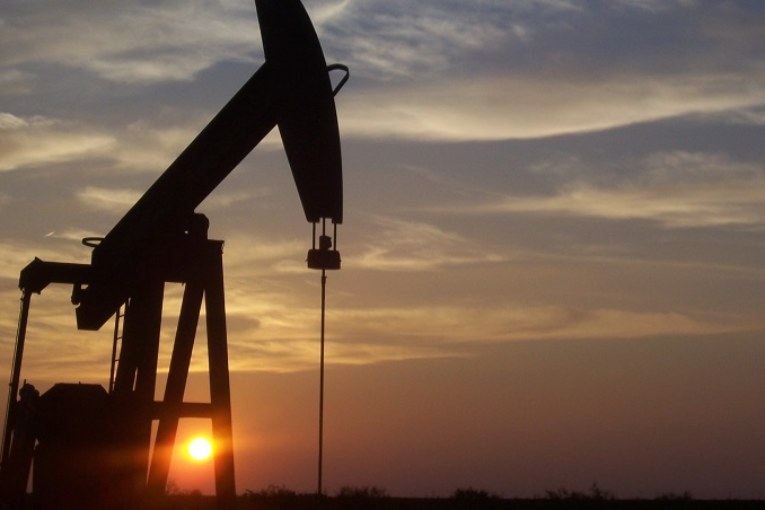
U.S. natural gas futures rose about 2% to a 14-year high on Friday on record global gas prices, concerns about Russian gas export to Europe and forecasts for hotter U.S. weather that will boost air conditioning demand through early September.
That price increase came despite record output and the ongoing outage at the Freeport liquefied natural gas (LNG) export plant in Texas, which has left more gas in the United States for utilities to inject into stockpiles for next winter.
Freeport, the second-biggest U.S. LNG export plant, was consuming about 2 billion cubic feet per day (bcfd) of gas before it shut on June 8. Freeport LNG expects the facility to return to at least partial service in early October.
Front-month gas futures rose 14.8 cents, or 1.6%, to settle at $9.336 per million British thermal units (mmBtu), their highest close since August 2008.
For the week, the front-month was up about 6% after gaining 9% last week.
With hot weather moving into the U.S. Northeast, spot gas prices for Friday at the Dominion South hub in Pennsylvania rose to their highest since February 2014 for a second day in a row.
In Alberta, producers were having a tough time getting gas out of the province due to a lack of pipeline capacity, maintenance on existing pipes and rising production. Prices for Friday at the AECO hub in Alberta plunged 73% to just 74 cents per mmBtu, their lowest since September 2019.
So far this year, gas futures are up about 150% as higher prices in Europe and Asia keep demand for U.S. LNG exports strong. Global gas prices have soared due to supply disruptions and sanctions linked to Russia’s invasion of Ukraine on Feb. 24.
Global gas prices were on track to close near record levels around $75 per mmBtu in Europe and $57 in Asia.
Russian gas exports via the three main lines into Germany – Nord Stream 1 (Russia-Germany), Yamal (Russia-Belarus-Poland-Germany) and the Russia-Ukraine-Slovakia-Czech Republic-Germany route – held near 2.5 bcfd so far in August, down from an average of 2.8 bcfd in July and 10.4 bcfd in August 2021.
Russian energy company Gazprom PAO said it will halt gas supplies to Europe for three days at the end of the month for unscheduled maintenance on Nord Stream 1.
Data provider Refinitiv said average gas output in the U.S. Lower 48 states rose to 97.3 bcfd so far in August from a record 96.7 bcfd in July.
With warmer weather expected, Refinitiv projected average U.S. gas demand, including exports, would rise from 95.5 bcfd this week to 96.8 bcfd next week and 97.2 bcfd in two weeks. These were similar to Refinitiv’s forecasts on Thursday.
The average amount of gas flowing to U.S. LNG export plants has held at 10.9 bcfd so far in August, the same as July. That compares with a monthly record of 12.9 bcfd in March. The seven big U.S. export plants can turn about 13.8 bcfd of gas into LNG.
The reduction in exports from Freeport is a problem for Europe, where most U.S. LNG has gone this year as countries there wean themselves off Russian energy.
Gas stockpiles in northwest Europe – Belgium, France, Germany and the Netherlands – were about 1% above their five-year (2017-2021) average for this time of year, according to Refinitiv. Storage was currently at about 76% of capacity.
That is much healthier than U.S. gas inventories, which were 367 billion cubic feet, or 13%, below their five-year norm, the biggest deficit since April 2019.
You can read more of the news on source



